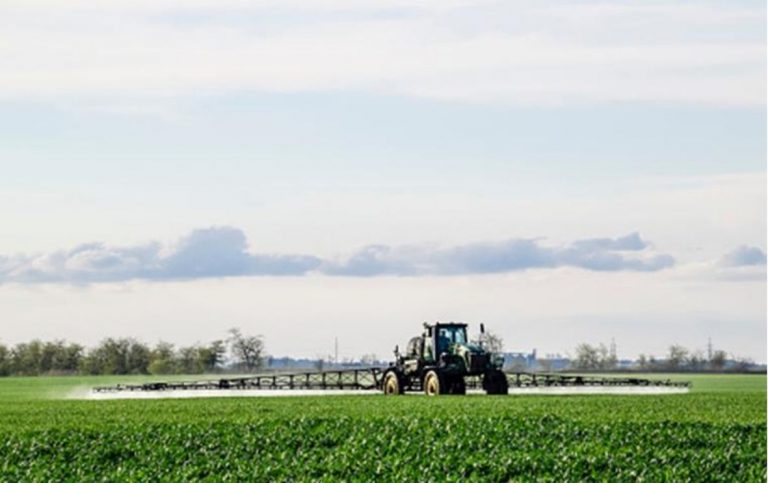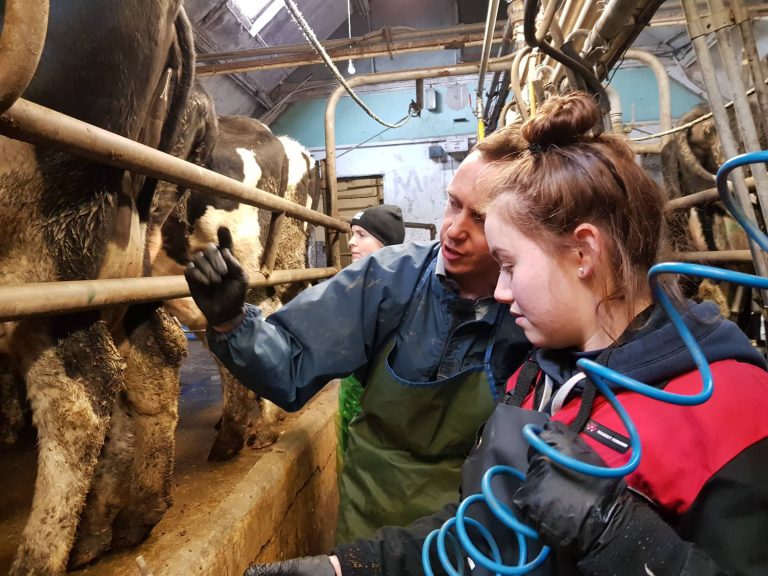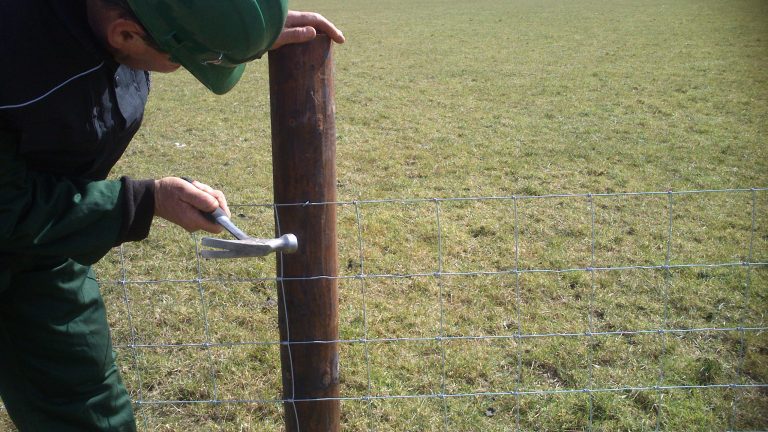In order to meet first-grazing targets (30% grazed by 1st March), many farmers strive to make the most out of early grass. However, due to a number of weeks of inclement weather conditions, the majority of farmers have struggled to reach this.
Ground conditions vary from farm to farm but recent wind and rain proved to be hard on turned out stock. Many farmers opted to rehouse cattle as land conditions deteoriated. Hopefully as April approaches, dry spells will return and farmers can adapt their overall yearly grazing plan and extend targets where needed.
Weather Forecast
Met Éireann issued a positive farming forecast on 14th March. Stating that soil moisture deficits on well-drained and moderately-drained soils will increase with predominantly dry conditions. It is expected that field traffic-ability will also gradually improve. However, poorly-drained soils will remain waterlogged. With this in mind, we encourage farmers to be flexible with their rotation plan and aim to get cattle back on land as soon as possible.
Adapt Rotation Plans
With adapting the rotation plan, farmers may turn to their DIY fencing materials to change the shape and number of paddocks. When getting paddocks ready for grazing it is important to take some factors into consideration. Along with using good quality fencing materials, an electric fence is essential at this time of year. FRS Fencing has the following helpful guidelines for farmers to follow when setting up new paddocks with a fencer.
Know The Shock
Firstly, ensure there is adequalte voltage on the fence line. Pick an electric fence unit capable of giving enough of a “shock” taking into consideration the length of wire being powered. Most electric fences give out 5,000 to 8,000 volts. It is recommended to aim for 4,000 – 5,000 volts on the fence line. Minimum for dairy cows is 2,000 volts, cattle is 3,000 volts and sheep is 4,000 volts.
Select a Suitable Fencer
It is also important to install a good earth system for you fencer. This can be one of the most neglected elements of electric fencing on many farms. Use enough galvanised earth bars (see Electric Fencer Manufacturer recommendations). Be aware that large fencers may need up to 10 earth bars spaced 2 to 3 metres apart. Don’t forget to ensure that all connections are tight.
Farmers must also consider the position of electric fencer earth bars. It is very important that the earthing system for the electric fencer is kept well away from all ESB and domestic earth systems. The earthing bars should also be positioned away from buildings like the milking parlour.
If using a lead out cable, it is also important to use the correct one. A 2.5 mm insulated galvanised lead out cable from your fencer unit to fence line and to your earth system is recommended. Once again, ensure all connections are tight.
FRS Fencing
FRS Fencing have serviced the contract fencing needs of farmers for over 40 years and provide top quality DIY fencing materials and supplies coupled with expert fencing advice. For more information about the equipment you may need for a DIY fencing kit you can contact your local FRS Fencing office. Visit www.frsfencing.ie for more information.




